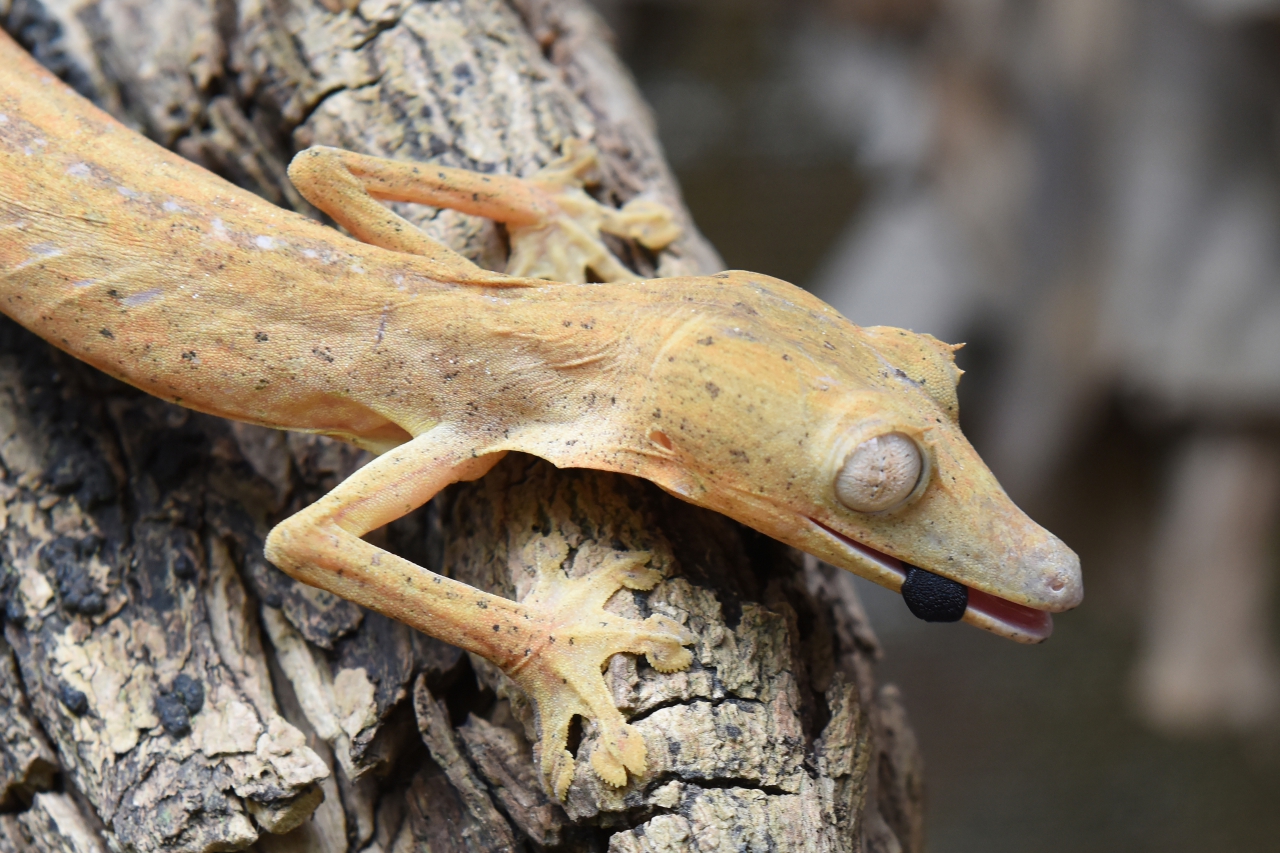With 90% of its ecosystems and diverse wildlife found nowhere else on earth, Madagascar is indeed a captivating place. The world’s fourth largest island is home to sandy beaches, dense tropical rainforests, high mountains, a vast array of those famed cute lemurs and chameleons that are right out of a technicolour dream. Navigating all these wonderful attractions, though, is another story.
My goal was to get to Tsingy de Bemaraha National Park, a vertical spiky forest of razor-sharp limestone pinnacles located in the southwest of the country, made accessible to travellers via a series of via ferrata cables, aerial suspension bridges and ladders. However, getting up these exhilarating rock towers proved less daunting than getting to them, perhaps to be expected, as in Madagascar it is usually not about the destination but about what one finds along the way.
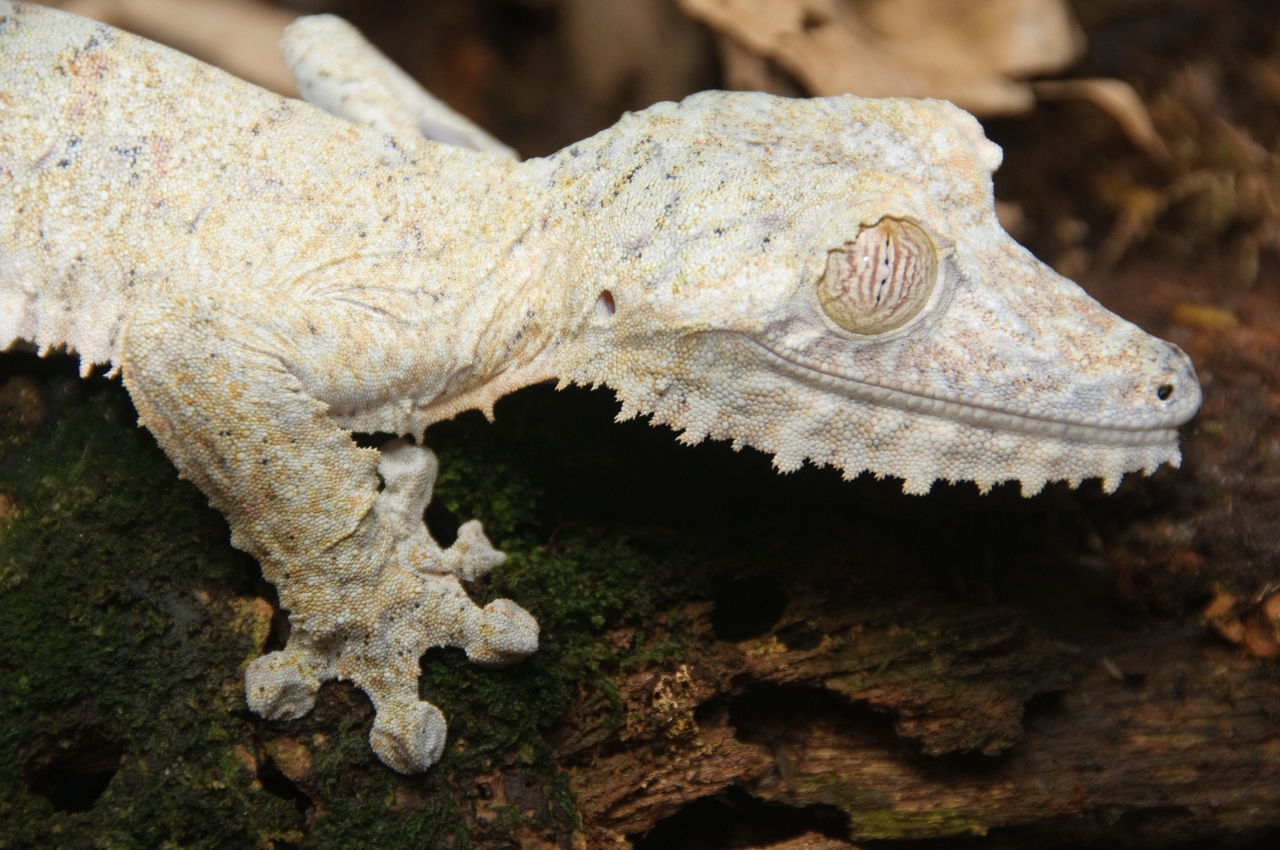
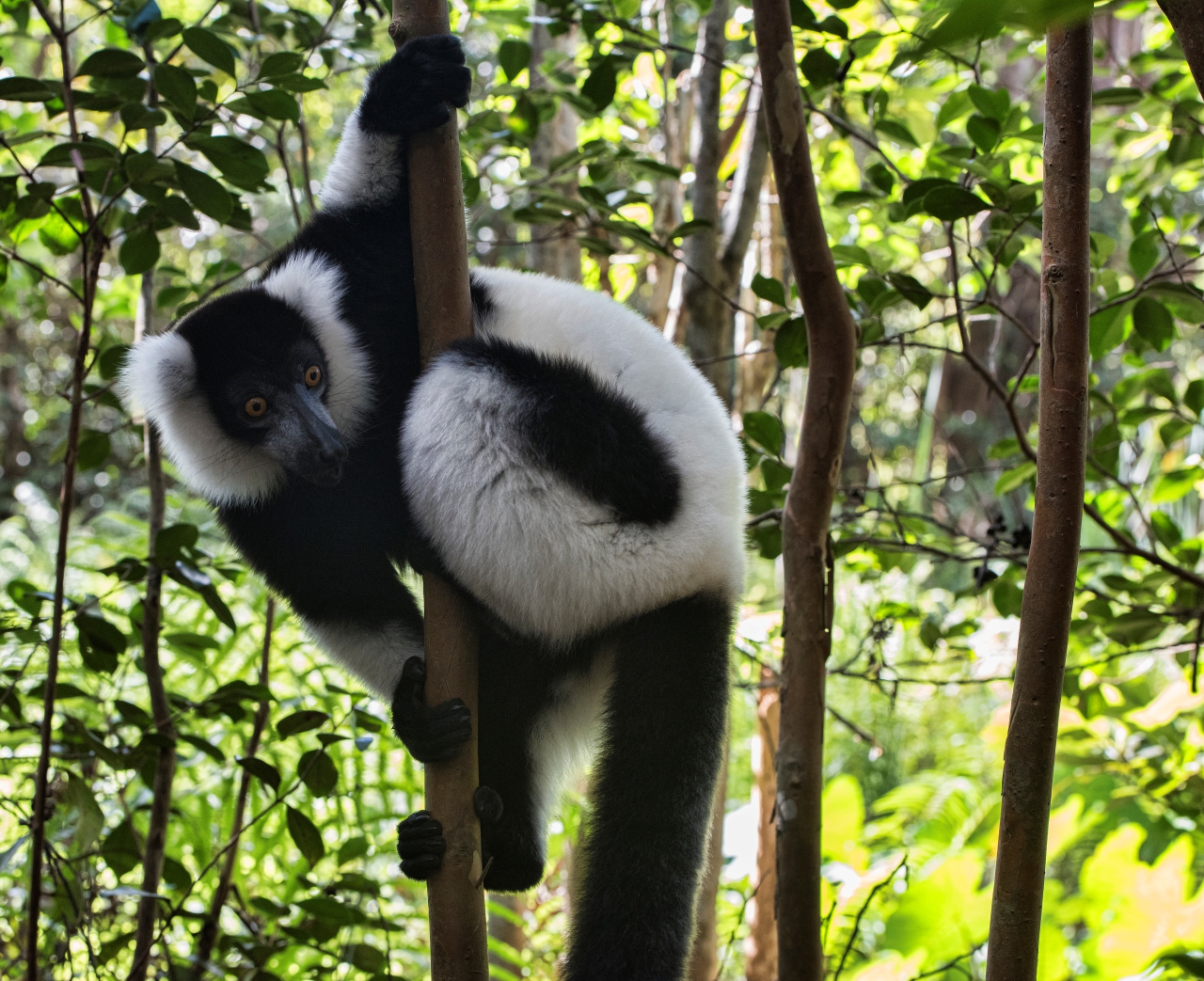
The sleepy fishing town of Morondava is the starting point for getting to the Tsingy. Drenched in sun, the beach town is at the end of the paved national road coming down from Madagascar’s capital, Antananarivo, and takes about 10 hours to reach if you’re lucky. Morondava is home to the native Sakalava people, recognizable by the paint they adorn their faces with, made from a paste from sandalwood tree bark known as tabaky
Not far from town, the dusty washboard dirt roads begin, and although the travel is rigorous, there are plenty of spots along the route to break up the journey. A short section right out of Morondava is known as the Alley of the Baobabs, one of the country’s most iconic sights. A stretch of some twenty 2,000-plus year old Adansonia grandidieri baobab trees line the road, incredibly photogenic at any time of day, but especially in the twilight and sunset, when they are silhouetted against the changing sky.
These giant baobab trees are endemic to Madagascar, as is almost all of the wildlife encountered here. There are a variety of sifaka, a type of lemur named for their alarm-like cry, which sounds like “shi-fak”, swinging through the trees in the dense forests, and in Kirindy National Park you might see red-tailed sportive lemurs, one of the smallest, quite a contrast to the indri also found in Madagascar, which is the largest.
While lemurs are up above, look down and you’ll start spotting Madagascar’s small creatures. The island is home to over half of the world’s species of chameleon, with the glowing Parson’s chameleon and wildly colourful panther chameleon glimpsed trying to blend in to the forest. Much harder to spot are the aptly named leaf-tailed geckos, which look exactly like leaves or even prehistoric fossils.
Even away from the flora and fauna, the road to Tsingy offers plenty of diversions. We had to cross two major rivers along the way, the Tsiribihina and the Manambolo, both of which are infested with crocodiles during the wet season. Even during dry periods, one needs a 4WD for travel here, and the jeep gets strapped to floating rafts made by combining several wooden pirogues with a plank on top, in order to cross the waterways.
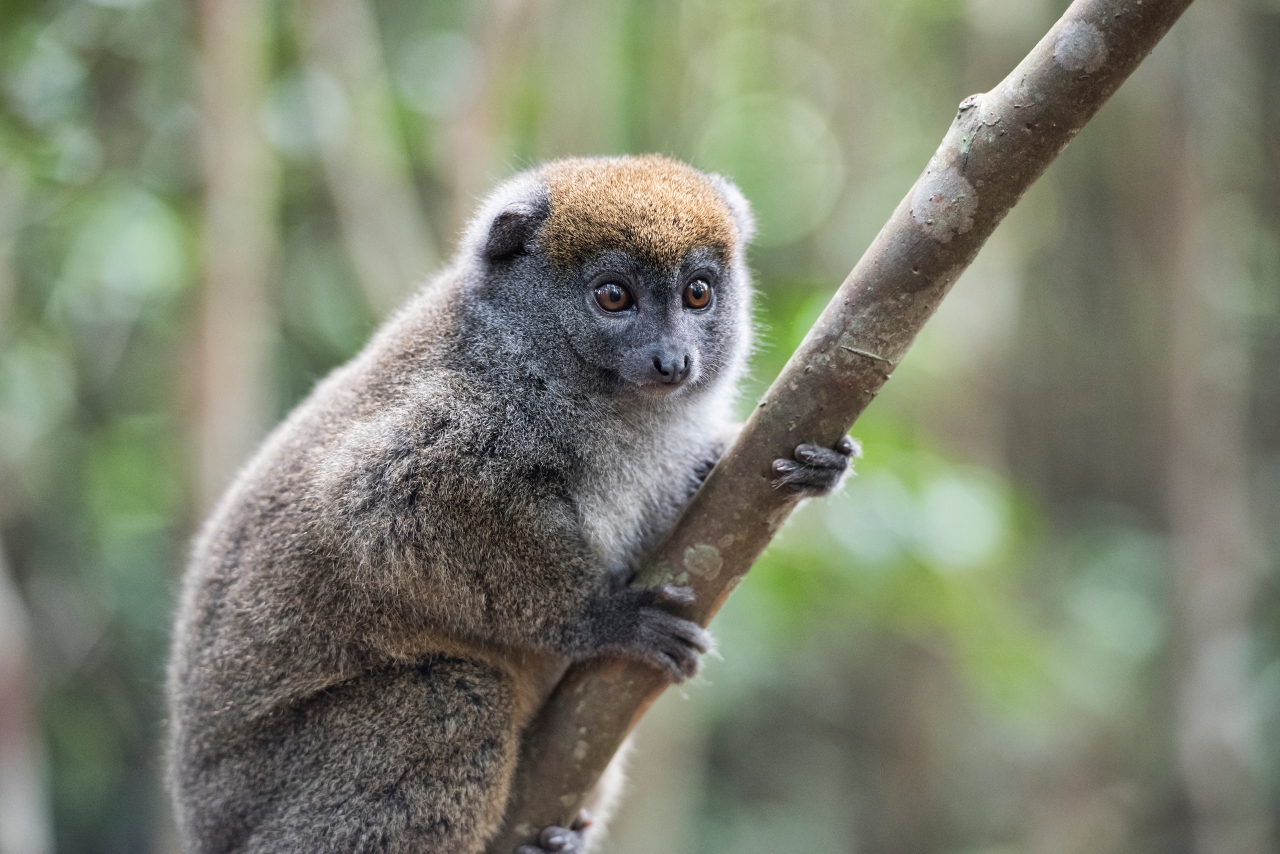
After crossing the Manambolo, the road eventually peters out and comes to an end in Beopaka village, from where one can get a guide along with the mandatory climbing harness, lanyards and carabiners needed to head up into the Tsingy. Due to the efforts of French speleologist and explorer Jean-Claude Dobrilla, who made many caving expeditions here in the 1990s, the aerial bridges, cables, ladders and pitons are all quite safe, as Dobrilla helped found a local organization that has trained guides in climbing and safety techniques, as well as maintaining all the equipment.
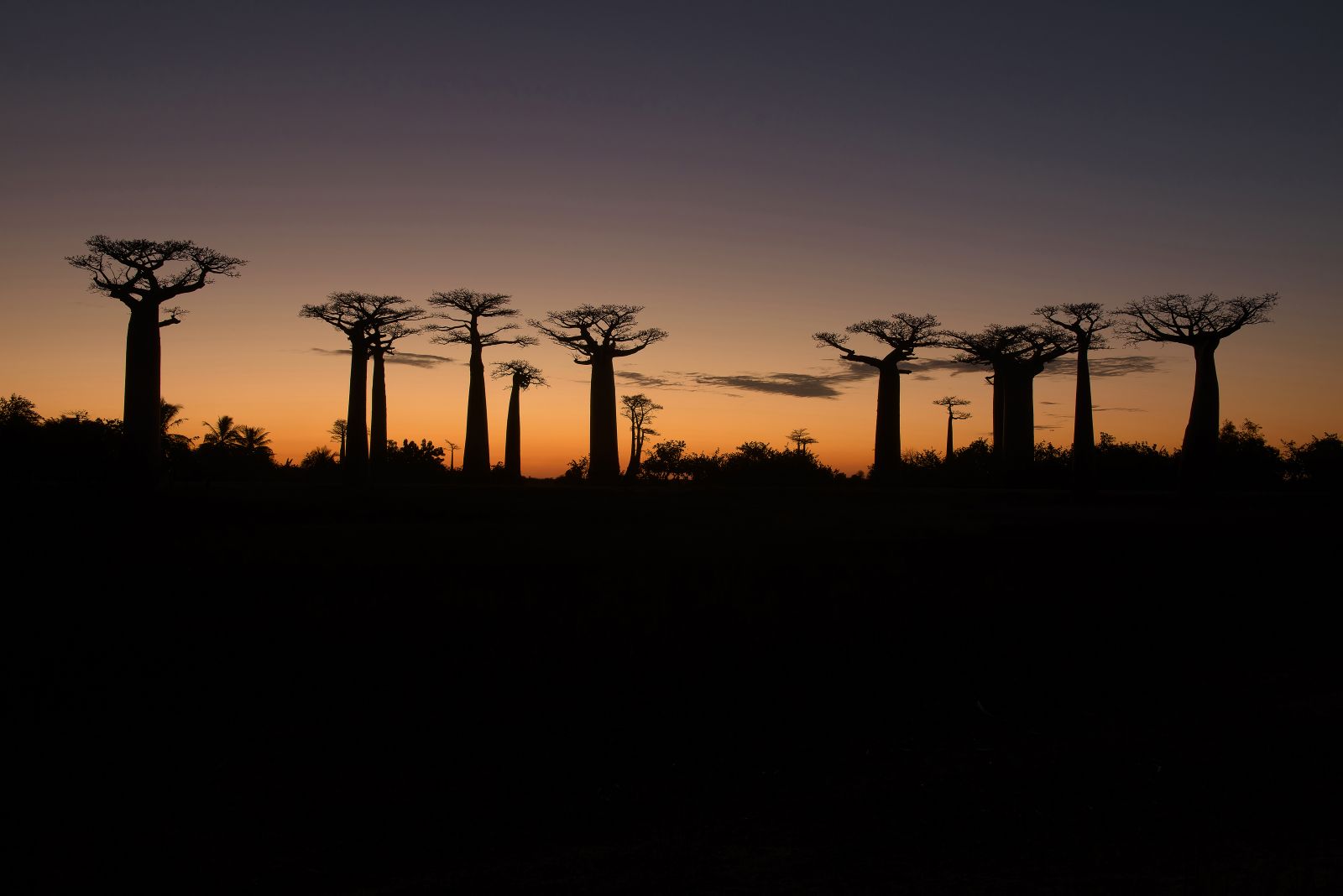
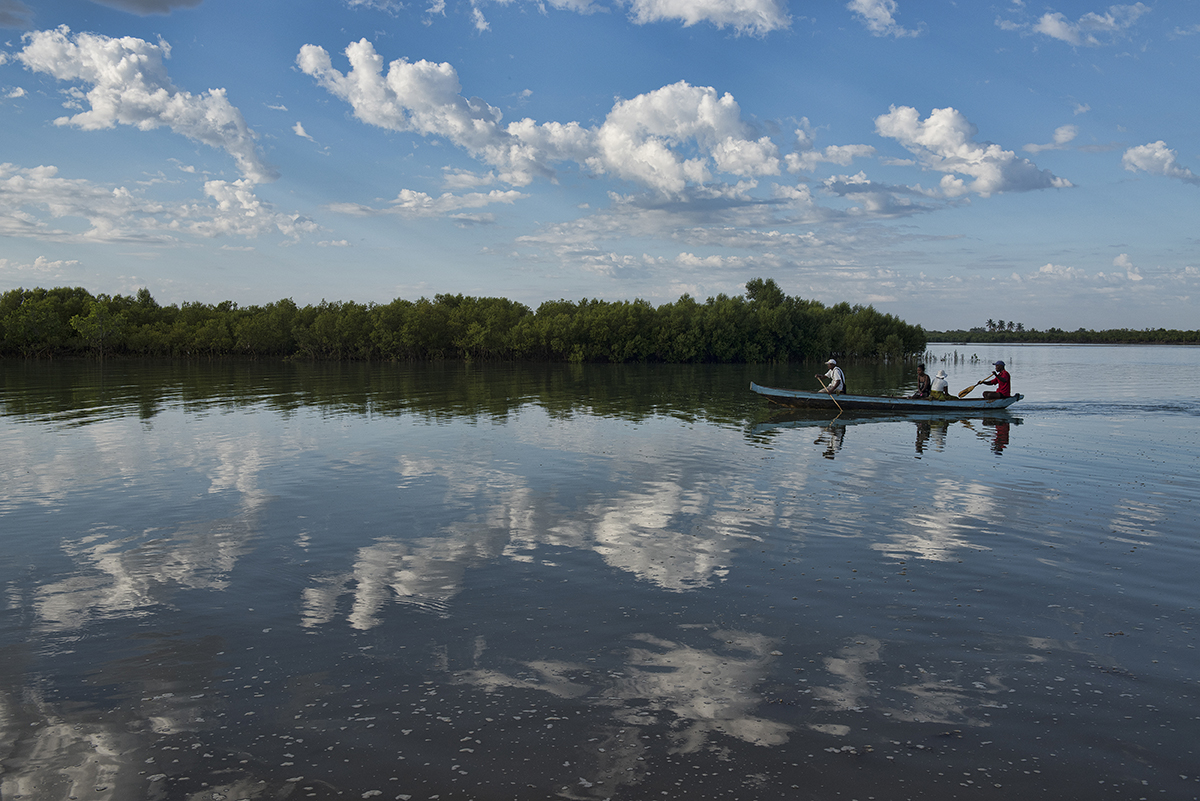
After crossing the Manambolo, the road eventually peters out and comes to an end in Beopaka village, from where one can get a guide along with the mandatory climbing harness, lanyards and carabiners needed to head up into the Tsingy. Due to the efforts of French speleologist and explorer Jean-Claude Dobrilla, who made many caving expeditions here in the 1990s, the aerial bridges, cables, ladders and pitons are all quite safe, as Dobrilla helped found a local organization that has trained guides in climbing and safety techniques, as well as maintaining all the equipment.
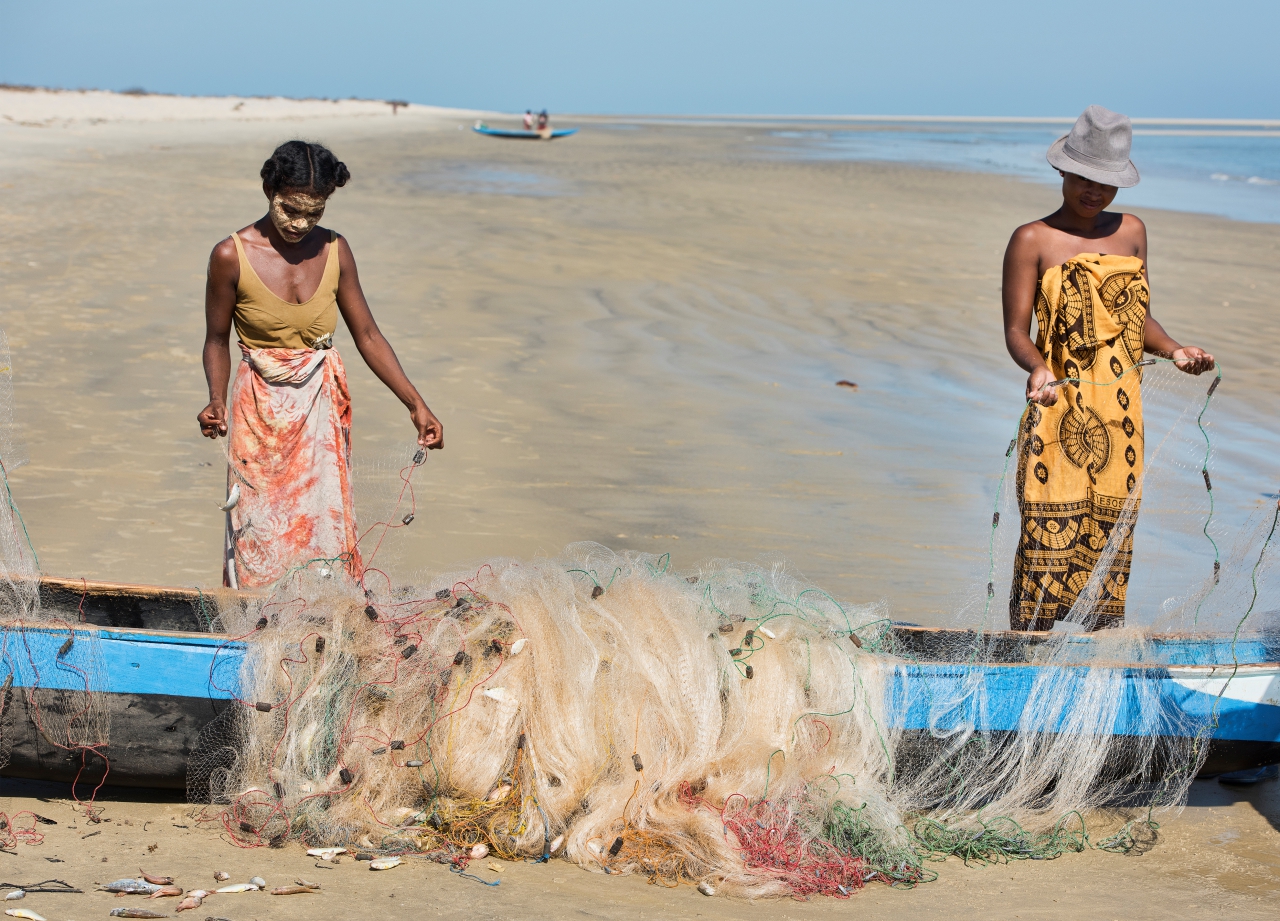
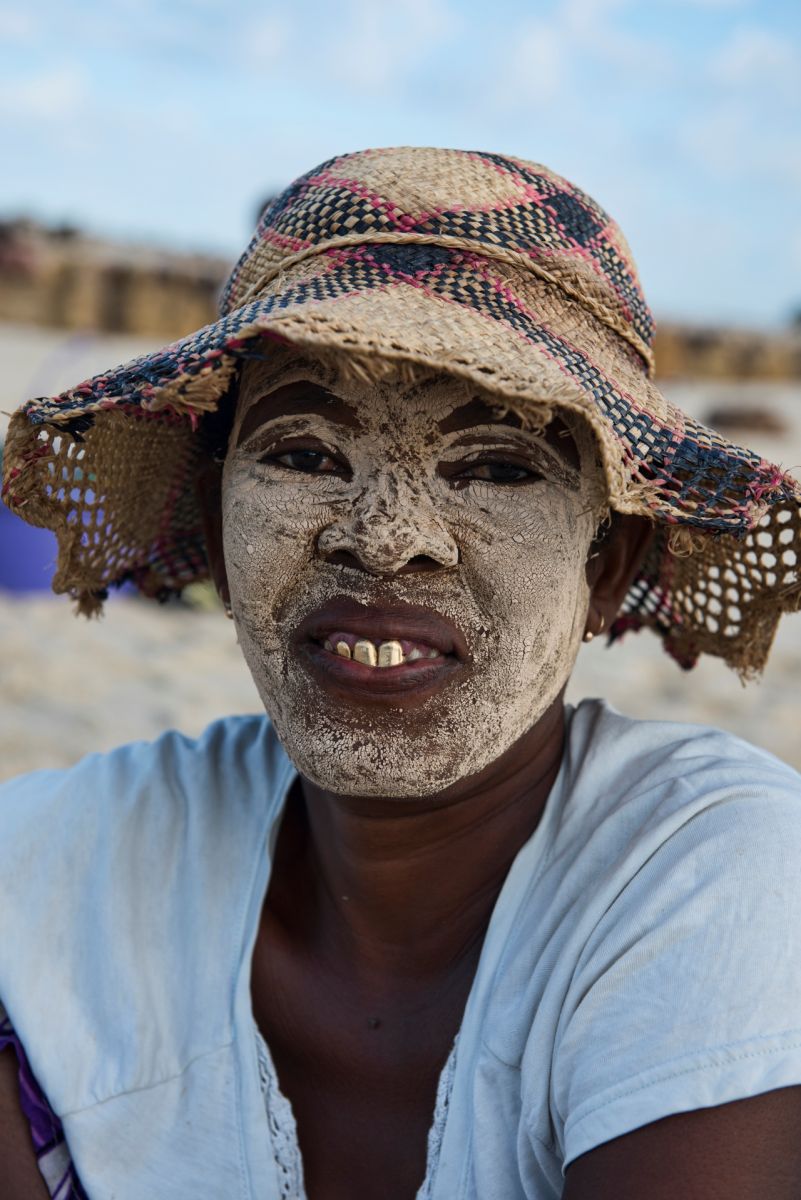


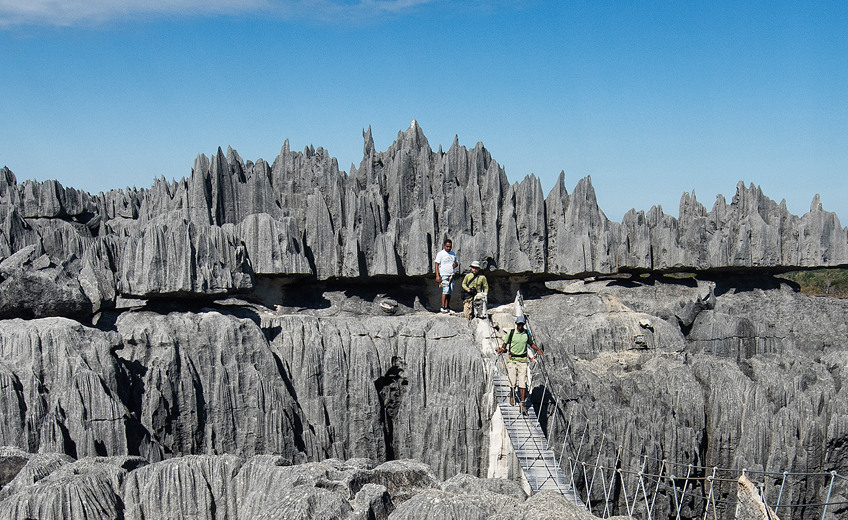
.JPG)
